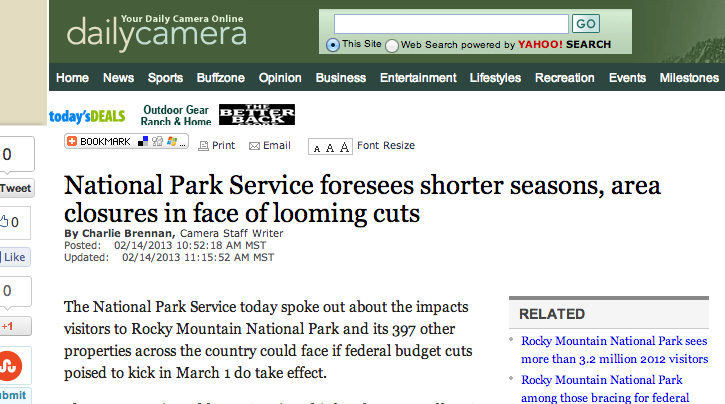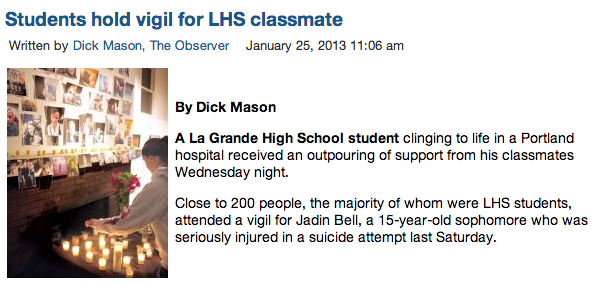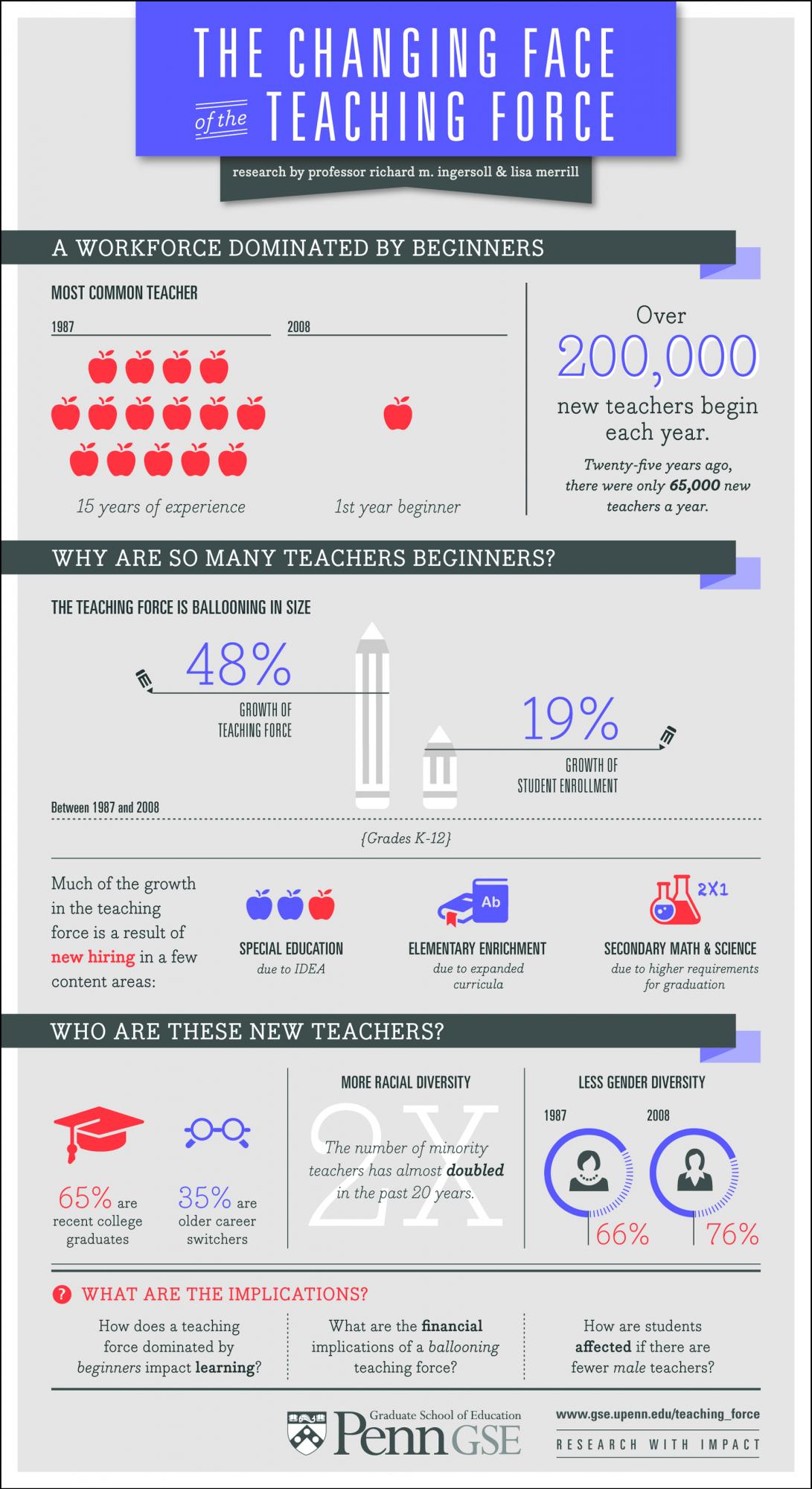A group of student teachers sits around a table in a classroom long after the school day has ended. They are participating in a seminar required of them by their university. The intent is to help them through student teaching. Still near the top of the semester, they’re not yet in the long grass of the student teaching experience.
“I’m just not clear on why,” one of them says to their supervisor, “I mean, I don’t know why twitter would be important to teachers. What’s the point?”
It’s a fair question, considering each of the student teachers has just been asked to sign up for a twitter account and assigned to participate in #engchat, one of the many weekly twitter meetups of teachers from around the world dedicated to generating conversation specific to the discipline of teaching English.
It’s a fair question not only for these student teachers, but for any teacher who’s ever looked at twitter or some other type of social networking tool and asked, “Why?”
My answer to these teachers, though seemingly flippant, “You can’t control who teaches next to you.”
Perhaps more explanation is in order.
Only a small percentage of our school culture where faculty is concerned is within our own individual locus of control. We may sit on interview committees or help to recruit talented teachers we’ve met into our schools. For the most part, though, the grim reality is that we may not connect with or be inspired by the other teachers with whom we work.
Social networking tools allow for the construction of the faculty lounges we wish we had. For most people outside of schools, the teachers’ lounge remains a mythical place where teachers retreat during lunch or planning and then return when it’s time for class with no hint of what they’ve done in the interim.
For those who work in schools, I know what depressing, pessimistic places faculty lounges can be. All it takes is one teacher who’s been in the classroom past his expiration date to turn an otherwise reflective space into the physical equivalent of anonymous online commenting.
Social networking tools allow teachers to escape those physical spaces and curate networks of colleagues from across the world to help improve practice, augment resources, and build conduits of collaboration. In their book, Student Achievement Through Staff Development, Bruce Joyce and Beverly Showers argue moving from a situation of practicing theory with low-risk feedback to one of coaching, study teams, or peer feedback moves incidence of application and problem solving from 10-15% saturation to 85-90% saturation in teacher practice.
The issue? Not every teacher finds himself surrounded by peers to whom he can turn for such coaching and the like. This is where the digital network should come in. Through connections with other like-minded teachers and those teachers who act as the loyal opposition, teachers can build networks of professional development while working within schools that would otherwise let their learning languish.
These are networks of people who can improve spirits on an otherwise dreary teaching day, work collaboratively in a document to help build a unit plan, and share links to the perfect resources for helping students access learning.
While there are no set ways for developing online faculty lounges, some approaches have been anecdotally helpful in building networks of support.
- Begin by reading. The Internet has no shortage of teachers offering their thoughts on everything from education policy to professional practice. Many new to online networks take solace in knowing they can lurk and read long before they ever begin to craft their online selves into existence.
- Comment. Some of the best conversation that can come from connecting via social networks is not the production of new content, but the questioning and commenting on the work of others. This is by no means an encouragement to recklessly argue. It is more of a push in the direction of creation. If you’re reading, you might as well stop and comment, right?
- Follow the bread crumbs. While linking online can lead to an echo chamber at times, it more often can be counted on to help introduce you to new voices. In the physical world, this is the equivalent of meeting a friend of a friend and finding out you’ve got similar interests. One of the great benefits of hypertextual writing is that you are reading along with the writer and able to trace many of the ideas that influenced what she is saying and the ideas that influenced those ideas.
- Embrace the fire hose. This may be the most difficult. If you were to look at the listing of online voices we follow at this moment, you’d find hundreds of posts we’ve not yet had the time to attend to. In traditional texts, this would be frustrating. Online, it need not be. There will always be a fire hose of information waiting for you to put yourself in front of it. Some days, you’ll have time. Other times, you’ll step aside and mark everything as read. That’s okay. In the same way you have the right to put down a book without reaching its end, you have the right not to read everything on the Internet. No one is expecting you to. Read what you want. The rest will always be there if you change your mind.
- Make your own path. You were likely taught to approach a book in a certain way, to look for certain markers and to take note of certain things. This need not be the case in online spaces and in curating your online networks. Let your love of learning mingle with your love of pictures of kittens. Sometimes, those posting the kitten photos are the ones who can challenge your ideas about what it means to learn in new and powerful ways.
While these are five ways to approach building your online faculty lounge, they are just as easily five ways not to build that lounge. This is the democracy of online spaces, and it is key as a contrast to the physical space where you might find yourself. You have control over those to whom you turn for support and advice, and you can always move away from those who bring pessimism to your practice.








